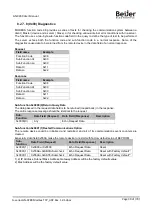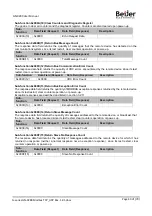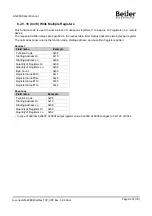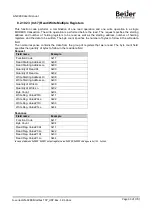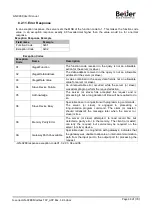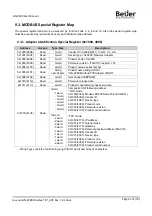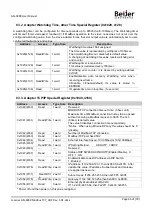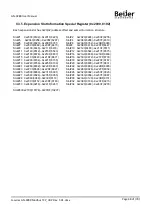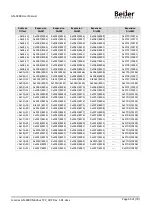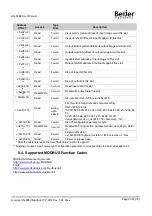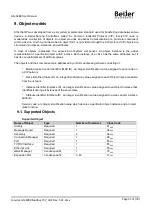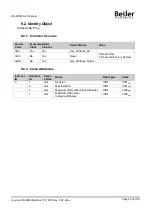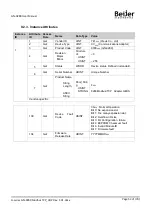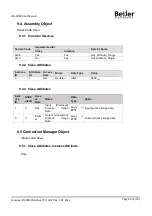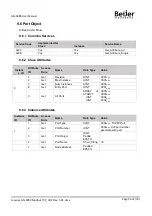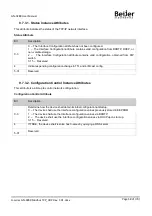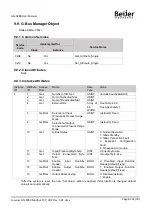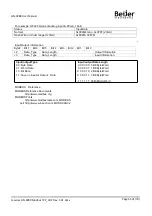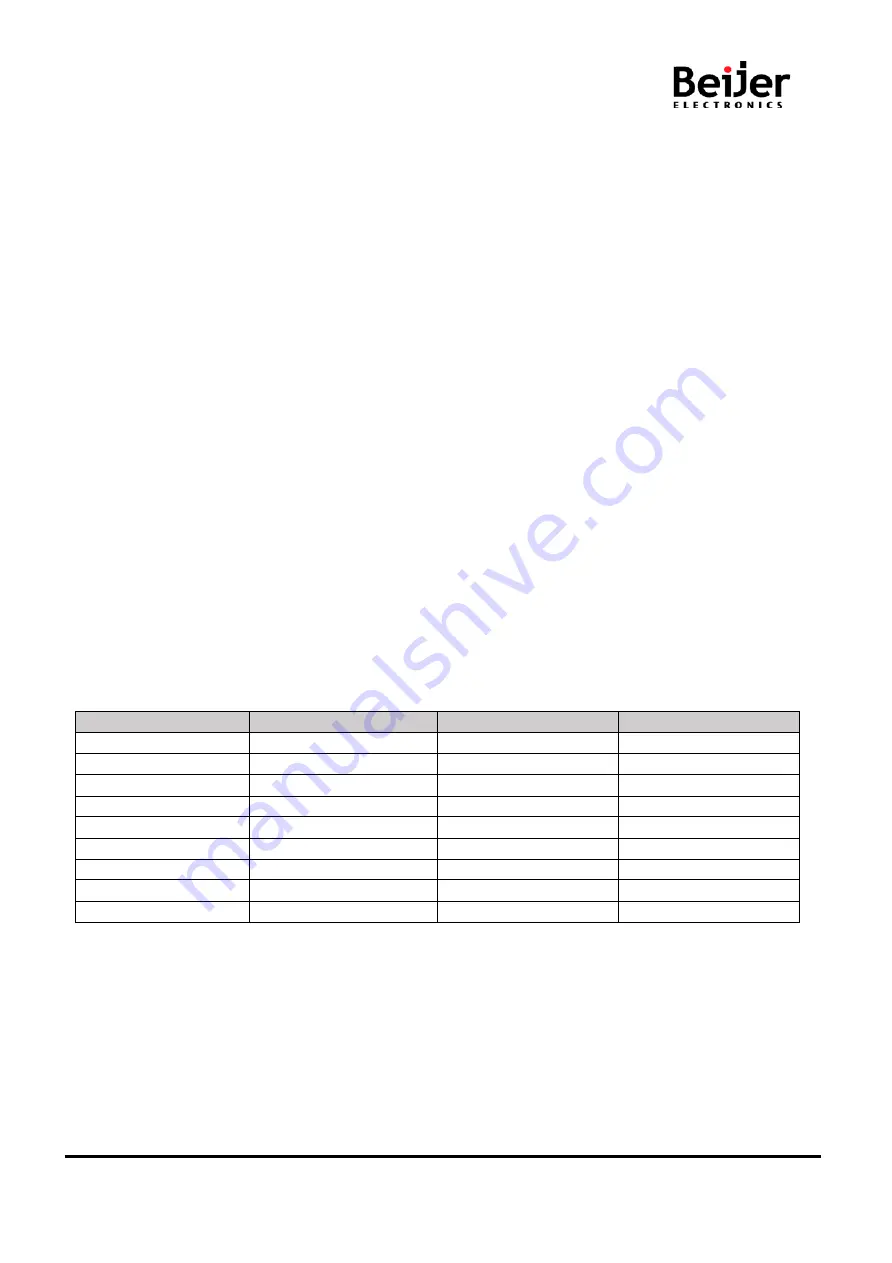
GN-9289 User Manual
Page 51 of (70)
G-series GN-9289 Modbus TCP_UDP Rev. 1.01.docx
9. Object models
EtherNet/IP was developed from a very widely implemented standard used for transferring data between two
devices in DeviceNet and ControlNet, called the Common Industrial Protocol (CIP). Every CIP node is
modeled as a collection of objects. An object provides an abstract representation of a particular component
within a device. Anything not described in object form is not visible through the CIP protocol. CIP objects are
structured into classes, instances, and attributes.
A class of objects represents the same kind of system component. An object instance is the actual
representation of a particular object within a class. Each instance of a class has the same attributes, but it
has its own particular set of attribute values.
The objects and their components are addressed by uniform addressing scheme consisting of:
* Media Access Control Identifier (MAC ID), an integer identification value assigned to each node on
a CIP network
* Class Identifier (Class ID), an integer identification value assigned to each Object Class accessible
from the network
* Instance Identifier (Instance ID), an integer identification value assigned to an Object Instance that
identifies it among all instances of the same class.
* Attribute Identifier (Attribute ID), an integer identification value assigned to a class and/or instance
attribute.
Service code, an integer identification value which denotes a particular object instance and/or object
class function.
9.1. Supported Objects
Supported Object
Name of Object
Type
Number of Instances
Class Code
Identity
Required
1
01
HEX
Message Router
Required
1
02
HEX
Assembly
Required
2
04
HEX
Connection Manager
Required
1
06
HEX
Port
Required
1
F4
HEX
TCP/IP Interface
Required
1
F5
HEX
Ethernet Link
Required
1
F6
HEX
GBus Manager
Vendor-specific
1
70
HEX
Expansion Slot
Vendor-specific
1~63
71
HEX



